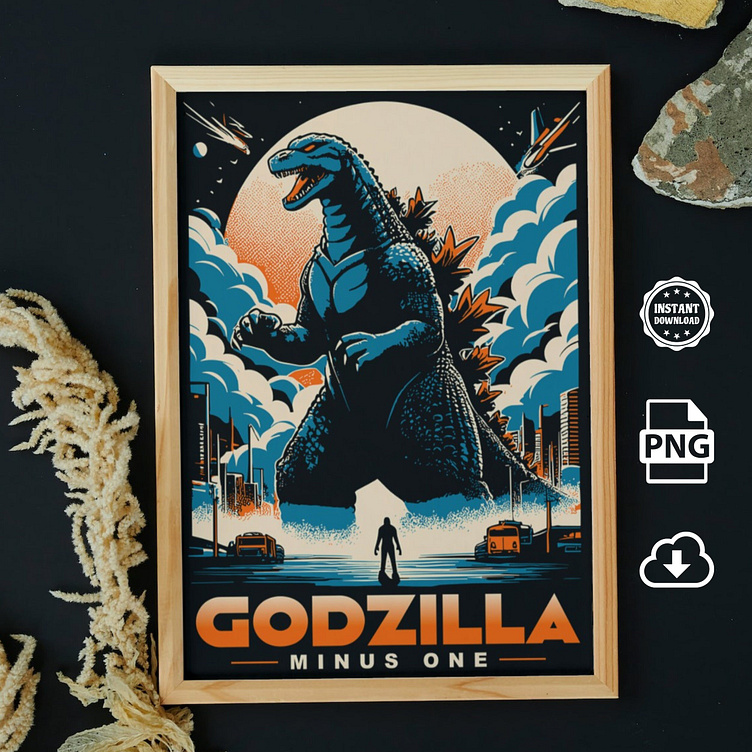From Prompt to Pixel: Crafting Graphics with AI
I. Introduction
The world of graphic design has undergone a remarkable transformation with the integration of AI technology. As someone who's ventured into this exciting realm, I've experienced firsthand the potential that AI holds for crafting stunning visuals from mere prompts. AI has become an indispensable ally in the graphic designer's toolkit, offering tools and resources to streamline creative processes.
II. The Role of AI in Graphic Design
AI in graphic design offers tools designed to augment and enhance the creative process. It can streamline repetitive tasks, automate mundane processes, and provide insights to inform design decisions. AI enables designers to tap into data repositories and generate novel design concepts through techniques like generative design and style transfer.
Visit shop 👉 https://ko-fi.com/inkbag/shop
However, it's crucial to maintain a balance between human creativity and machine intelligence. Designers must still bring their unique perspective and artistic sensibility to ensure AI remains a tool in service of human creativity.
III. Generating Initial Concepts with AI
Using tools like ChatGPT, designers can generate initial design concepts from simple prompts. ChatGPT can understand natural language and produce coherent responses, making it ideal for brainstorming ideas. By inputting keywords or themes, AI can generate a range of design concepts, allowing designers to explore different visual styles, color schemes, and compositions.
IV. Refining Designs with AI Assistance
AI plays a crucial role in refining initial concepts into polished designs. Tools like Copilot Microsoft can provide suggestions and recommendations for improving code and design elements. AI can also offer feedback and suggestions to enhance visual appeal, readability, and accessibility.
V. Vectorizing and Finalizing Designs
Once refined, designs need to be vectorized for scalability. Tools like Vector Magic use algorithms to convert raster images into vector graphics. Software like Gravit Designer then allows for further processing and finalizing vector graphics, adjusting colors, adding text, and more.
VI. Exporting High-Quality Graphics
The final step is exporting designs into optimized graphics for various platforms and purposes. This involves considering factors like file format, resolution, and color profile. For web use, PNG or JPG at 72ppi in RGB color space is typical, while for print, PDF or EPS at 300ppi+ in CMYK is preferred.
VII. Conclusion
The integration of AI into graphic design represents a paradigm shift in how we approach creativity and innovation. By embracing AI as a collaborative partner, designers can unlock new levels of creativity, efficiency, and effectiveness. As we continue exploring AI's potential, the future holds limitless possibilities for innovation and expression in visual arts.
If you like my work and want to support me, I invite you to visit my shop 👉 https://ko-fi.com/inkbag/shop
